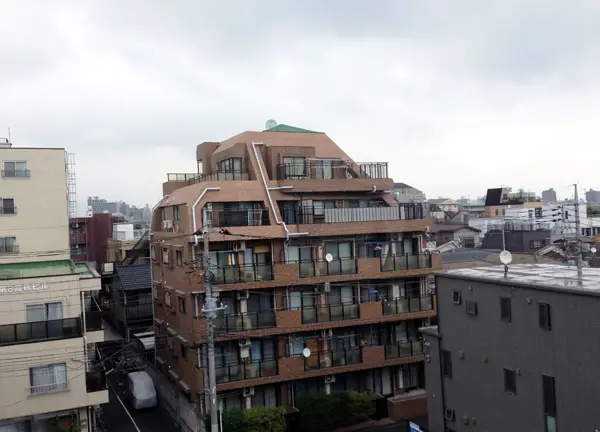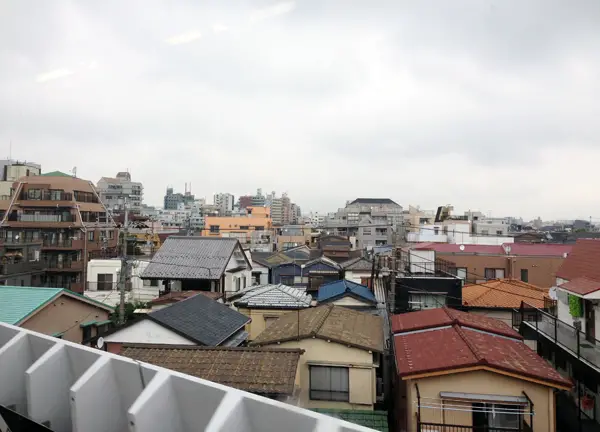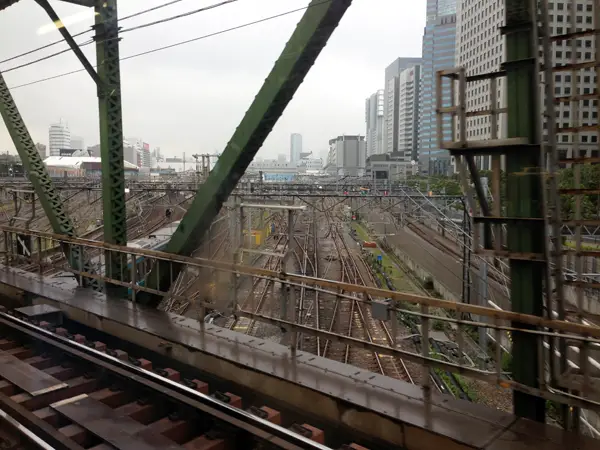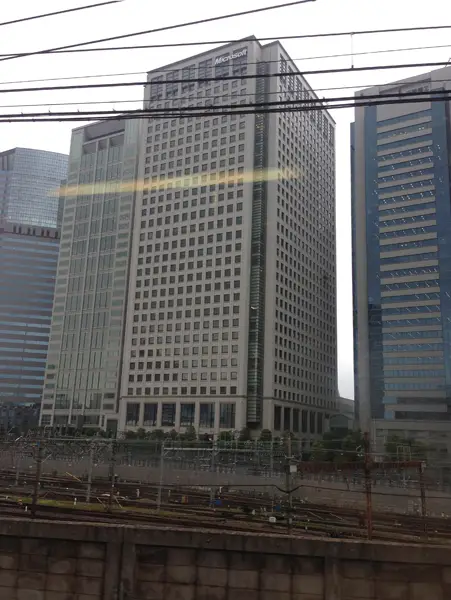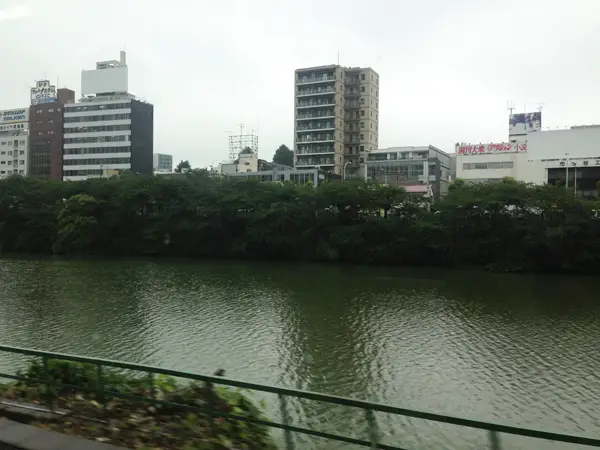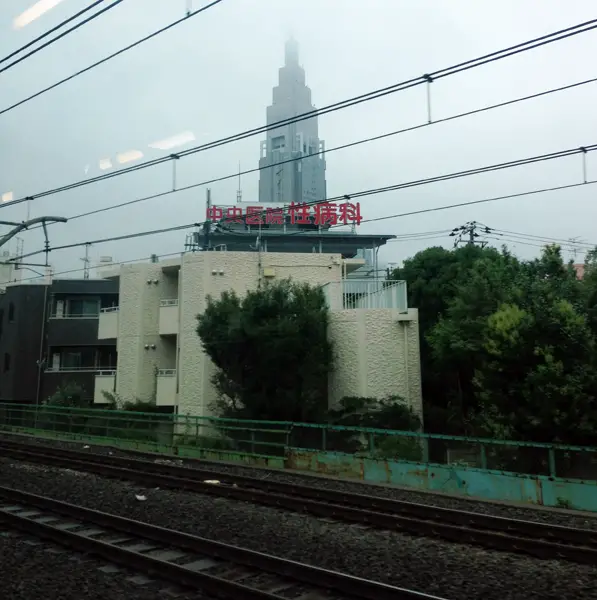Regardless of how tired you are after your flight to Japan, getting a first glimpse at Tokyo as you leave Haneda Airport will immediately wake you up from your slumber. Of course, the view will vary greatly depending on the means of transportation – train, monorail, bus or taxi – you’ve chosen to take into Tokyo. As the JR trains on the Keikyu line run mostly above the street level, you can get a better perspective of the outskirts of Tokyo from the train than if you rode in a bus or a taxi.
Tokyo is an immense city, the world’s most populous metropolitan area, with a great cultural contrasts, a place where the new and the old meets the traveler around every corner.
What was little more than a castle town, which served as the capital of feudal Japan more than 150 years ago, today Tokyo is the most expensive city in the world for expatriate to live in.
Edo is the name Tokyo was known by in the past, deriving from Edo Shigenaga, a samurai who acquired this area as a feudal fief at the beginning of the 12th century.
Edo Castle was founded by Ota Dokan in 1457 and is now part of the Imperial Palace, the Emperor’s official residence.
The Edo Shogunate took control of the castle under Tokugawa Yeyasu who redesigned the city with Edo Castle as its center. For a period spanning 300 years, Edo became the administrative center of Japan.
A merchant class soon settled in Edo and flourished greatly, helping create a distinctive Edo culture whose representatives were called Edokko, which literally means “Child of Edo.”
Under increasing foreign pressure, in 1868, the Edo shogunate returned the reigns of the country to the Emperor who, until then, had been just a figured head in Kyoto, Japan’s former capital. After Tokugawa Yoshinobu, the 15th and last shogun, departed from Edo, the castle was handed over to the Emperor. To mark the change, the city was renamed “Eastern Capital” or Tokyo and has been Japan’s capital city ever since.
The first foreigners to settle down in Japan lived in Tsukiji, a residential area in Tokyo that saw the construction of the first European style architecture. As the ban on Christianity was lifted, many schools and churches were set up and thus the Western influence expanded even more.
The first railroad went into service near Shimbashi while paved roads and gas streetlights were first introduced in Ginza.
The Great Kanto Earthquake of 1923 caused catastrophic damage to the city and great fires engulfed the wooden houses of the city. The city recovered from this 7.9 magnitude tremor but soon fell into ruins once again.
During the Second World War, aerial bombardments, known as ‘firebombing,’ ravaged the city and caused hundreds of thousands of casualties.
Geographically, Tokyo can be divided into two sections, Shitamachi and Yamanote, divided by the course of Sumidagawa River, famous for its depiction in Hiroshige and Hokusai’s ukiyo-e paintings. As the literal translation of these two distinctive sections of the city suggest, Shitamachi, “lower town,” remained more traditional as opposed to Yamanote, “on the mountain side,” where modernization and the acceptance of Western culture was encouraged.
The empty courtyard of a school under a clouded sky. This is the first photograph of Tokyo I took after the train left Haneda Airport.
A very common sight almost everywhere in residential areas in urban Japan. Crowded houses, rooftop next to rooftop; making good use of every plot of land available.
Approaching Shinagawa Station. An incredible web of rail tracks and bridges makes Japanese trains the most reliable in the world.
High-rises tower over the train station; office rental fees can go as high as 20.000 yen/tsubo. (One tsubo equals the are of two standard size tatami mats.)
The headquarters of Microsoft are in Tokyo’s Shinagawa district.
The Japanese protect their green areas with fierceness and every tree than can be save is saved.
In the distance, you can see Tokyo’s 115-meter tall Ferris Wheel, one of the world’s largest. It is located in Odaiba, a popular shopping and entertainment district.
After crossing Sumidagawa River into Yamanote area.
The NTT Docomo Yoyogi Building, Toyko’s third tallest building and tallest clock tower in the world, with its antenna in the clouds.
Times Square, one of Takashimaya’s department stores.
Enjoy the gallery below with more pictures of Tokyo taken from a JR train:
[nggallery id=19]
